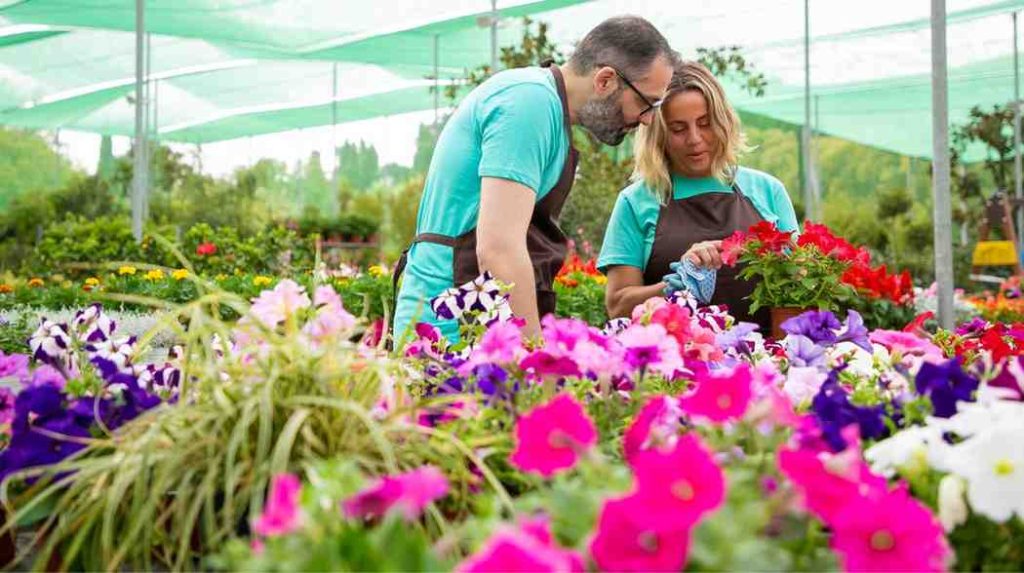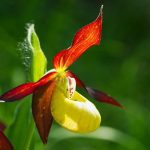There is a timeless charm in cultivating a flower garden. It serves as a living art piece, weaving color, fragrance, and tranquility into any space. Beyond aesthetics, flower gardens offer personal satisfaction, environmental support, and even health benefits. They transform dull yards into vibrant sanctuaries and help forge a deeper connection with nature. Whether nestled in a countryside expanse or arranged in small urban containers, flower gardens bring vitality to their surroundings. Their versatility means they can reflect personal tastes, suit various climates, and adapt to differing levels of gardening experience. From traditional formal layouts to whimsical wildflower patches, the options are nearly endless.
As more people seek greener lifestyles and mental rejuvenation, flower gardening has surged in popularity. Gardening encourages mindfulness, patience, and creativity. It allows individuals to escape the digital noise and reconnect with the cycles of the earth. The gentle act of planting seeds and watching them bloom fosters a sense of achievement and well-being. On a community level, flower gardens can beautify neighborhoods and support biodiversity, acting as havens for pollinators like bees and butterflies.
This comprehensive guide dives deep into every essential aspect of flower gardening. From understanding the basics and selecting suitable locations to maintenance strategies and creative designs, this article provides valuable insights for beginners and seasoned gardeners alike. Embrace the journey of flower gardening with confidence, knowledge, and inspiration.
What is a Flower Garden?
A flower garden is a cultivated area designed specifically for growing flowering plants. Unlike vegetable or herb gardens, the primary focus here is visual and aromatic appeal. Flower gardens can be formal or informal, structured or naturalistic, and vary greatly in size. They can be found in residential yards, public parks, balconies, and rooftops.
Why You Should Start a Flower Garden
Mental and Emotional Benefits
Spending time in nature promotes relaxation, reduces stress, and boosts mood. Gardening instills patience, mindfulness, and a sense of accomplishment, offering a mental reset from daily life.
Aesthetic Value
Flowers brighten spaces with vibrant colors and pleasant scents. They enhance curb appeal, complement architectural designs, and provide natural decor that evolves with the seasons.
Environmental Advantages
Flower gardens attract pollinators and contribute to biodiversity. Plants filter air, reduce carbon dioxide, and can even stabilize soil, helping create a healthier ecosystem.
Choosing the Right Location
Sunlight Requirements
Most flowers thrive with at least six hours of sunlight daily. Observing how sunlight moves through your space helps determine ideal planting zones. Some plants, like petunias and marigolds, demand full sun, while others, such as fuchsias and begonias, prefer shade.
Soil Conditions
The success of a flower garden depends largely on soil quality. Healthy soil should be well-draining yet moisture-retentive, rich in organic matter, and balanced in pH. Regularly amending the soil with compost or organic matter helps maintain its fertility.
Types of Flower Gardens
Formal Flower Gardens
These gardens follow symmetrical designs and structured layouts. Often inspired by classical or Victorian styles, they feature neatly trimmed hedges, defined borders, and carefully coordinated flower arrangements.
Wildflower Gardens
A blend of beauty and biodiversity, wildflower gardens encourage native species and require less maintenance. These gardens are informal, offering a meadow-like appearance while supporting pollinators and reducing water use.
Container Flower Gardens
Ideal for balconies and patios, container gardens offer flexibility and control over soil, placement, and design. Various pots, boxes, and hanging planters can be used to create layered floral displays.
Planning Your Flower Garden
Selecting Flower Types
Understanding your climate and soil is key. Choose flowers that suit your local growing conditions and match your maintenance capacity.
Annuals vs. Perennials
Annuals like zinnias bloom for one season, offering instant gratification. Perennials such as echinacea return each year, often with less effort and cost over time.
Native vs. Exotic Flowers
Native flowers are adapted to local conditions and tend to require less water and care. Exotic species can offer unique visual interest but may need special attention.
Color Schemes and Bloom Cycles
Strategic planning ensures year-round interest. Mix early bloomers like tulips with summer staples like daisies and fall flowers like chrysanthemums. Use complementary colors for harmony or bold contrasts for vibrancy.
Preparing the Soil
Testing Soil pH
Most flowering plants prefer a slightly acidic to neutral pH. Test kits or professional services can help determine the exact pH and guide amendments.
Adding Compost and Nutrients
Organic compost improves structure and enriches soil with nutrients. Well-rotted manure, bone meal, and natural fertilizers support healthy root systems and vibrant blooms.
Planting Your Flower Garden
Spacing and Depth
Planting flowers at the correct depth and spacing reduces disease risk and encourages healthy growth. Follow guidelines provided on seed packets or nursery labels.
Watering After Planting
Thorough watering after planting helps settle roots and remove air pockets. Mulching around the base retains moisture and regulates temperature.
Flower Garden Maintenance Tips
Watering and Mulching
Regular watering, especially during dry spells, is vital. Early morning watering reduces evaporation. Organic mulch conserves water and suppresses weeds.
Pruning and Deadheading
Removing spent blooms, or deadheading, encourages continuous flowering. Pruning shapes plants, removes damaged parts, and prevents overcrowding.
Pest and Weed Control
Identify pests early and use natural deterrents like neem oil. Hand-pull weeds or apply mulch to prevent them. Avoid overusing chemicals to protect beneficial insects.
Creative Flower Garden Ideas
Themed Flower Beds
Create gardens based on color themes, specific species, or intended effects. Butterfly gardens, moon gardens with white blooms, or fragrant gardens with scented varieties provide unique experiences.
DIY Garden Decorations
Personal touches enhance charm. Reuse household items as planters, build trellises for climbing flowers, or install solar lights for evening ambiance.
Common Mistakes to Avoid
- Choosing plants unsuited to your climate
- Ignoring soil quality and pH
- Overwatering or underwatering
- Planting too densely
- Neglecting seasonal maintenance
Seasonal Care Tips
Spring and Summer
Apply mulch, begin fertilizing, and monitor moisture. Regular deadheading keeps blooms fresh. Watch for aphids and mildew as humidity increases.
Fall and Winter
Cut back perennials, remove debris, and mulch beds to protect roots. Plant bulbs in fall for early spring color. In colder regions, use covers or bring containers indoors.
Final Thoughts
A flower garden is more than a hobby, it’s a lifestyle that nurtures beauty, wellness, and sustainability. Each garden is a unique reflection of its caretaker, shaped by hands, heart, and vision. With thoughtful planning, attentive care, and a bit of creativity, any space can bloom into a floral retreat. The joy of seeing the first buds of spring or the rich colors of summer is unmatched. Whether you’re new to gardening or a seasoned enthusiast, the journey of growing a flower garden offers rewards that extend far beyond the garden bed.
Frequently Asked Questions (FAQs)
1. What is the best time of year to start a flower garden?
Spring is ideal, particularly after the final frost. However, fall is perfect for planting bulbs that bloom in early spring.
2. How often should I fertilize my flower garden?
Generally, once a month during the growing season. Use balanced or flower-specific fertilizers for optimal results.
3. Can I grow flowers in shaded areas?
Yes, many flowers like impatiens, astilbes, and hostas thrive in shade. Choose plants based on light availability.
4. How do I keep my flower garden blooming all season?
Combine early, mid, and late bloomers. Regular deadheading and feeding also promote extended blooming.
5. Is it possible to create a low-maintenance flower garden?
Absolutely. Choose drought-tolerant perennials, use mulch to retain moisture, and limit high-care varieties to keep maintenance low.



